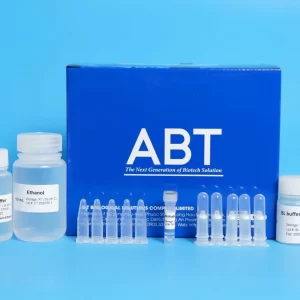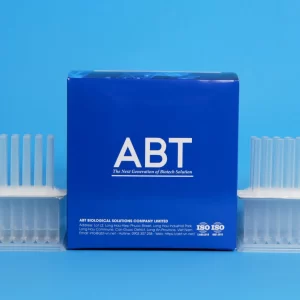HBV INTRODUCTION
Hepatitis B (Hepatitis B Virus – serum/plasma) is a DNA virus that causes liver infection and can pose a life-threatening risk. It represents a significant global health concern, capable of causing both acute and chronic illnesses, leading to high mortality rates due to liver cirrhosis and liver cancer. This virus is often transmitted from mother to child during childbirth and can also spread through contact with infected blood or other body fluids, such as through sexual intercourse with an infected partner, unsafe injections, or exposure to contaminated sharp instruments.
As of 2019, the World Health Organization (WHO) estimated that 296 million people were living with chronic hepatitis B virus (HBV) infection, with approximately 1.5 million new infections occurring each year. In the same year, chronic hepatitis B led to an estimated 820,000 deaths, primarily caused by liver cirrhosis and hepatocellular carcinoma (primary liver cancer).
The highest burden of chronic hepatitis B virus (HBV) infection is observed in the Western Pacific region and the African region, with 116 million and 81 million people infected chronically, respectively. In the Eastern Mediterranean region, there are 60 million people living with chronic HBV infection, while in the Southeast Asia region, there are 18 million. In Europe, approximately 14 million people are affected by chronic HBV infection, and in the Americas region, around 5 million individuals are living with the infection.
Currently, there are safe and effective vaccines available with the ability to provide protection ranging from 98% to 100% against hepatitis B virus infection. Preventing hepatitis B infection through vaccination helps to halt the development of complications, including chronic hepatitis B and liver cancer.
ABT® DNA Quantitative PCR Kit is used for the quantitative detection of the presence of DNA-HBV present in samples extracted from serum/plasma samples by real-time PCR technique.
The kit includes a 5-standard system that allows the construction of a standard curve, facilitating precise determination of the initial target agent quantity in the sample. Moreover, the presence of internal and external controls within the HBV diagnostic kit helps monitor the extraction and PCR processes, contributing to accurate, highly sensitive, and specific results.
ADVANTAGES
- Simple process easy manipulation
- The time to perform PCR is fast, only about 1 hour and 30 minutes
- High specificity, sensitivity (Detectable up to 28 IU/mL)
- Taqman probe technology

ABT® DNA Quantitative PCR Kit
SPECIFICATIONS
| Target | Quantify Hepatitis B Virus (HBV) |
| Extraction sample type | Serum/plasma samples |
| Extraction sample volume | 200 µL |
| PCR sample volume | 10 µL |
| Fluorescent channels | FAM: HBV
HEX: internal control (IC) |
| Technology | TaqMan probe |
| Analytical sensitivity | 28 IU/mL |
| Limit of quantitation | 2 x 10² IU/mL |
| Linear range | 2 x 10² – 2 x 10⁸ IU/mL |
| PCR time | 1h30m |
| Specificity | only detect HBV |
| Storage | 12 months at -20oC |
| Components of | HBV qPCR mix, negative control, HBV standard E1-E5, internal control, PCR tube |
Recommended extraction kit
| Silica column extraction | HI-001
HI-004 |
TopPURE® Serum Viral Extraction Kit
TopPURE ® Serum Viral DNA/RNA Co-Extraction Kit |
| Automatic extraction | HI-002
HI-007 |
TopPURE® Maga Serum DNA/RNA Extraction Kit
TopPURE® Maga Serum DNA/RNA Co-Extraction Kit |









